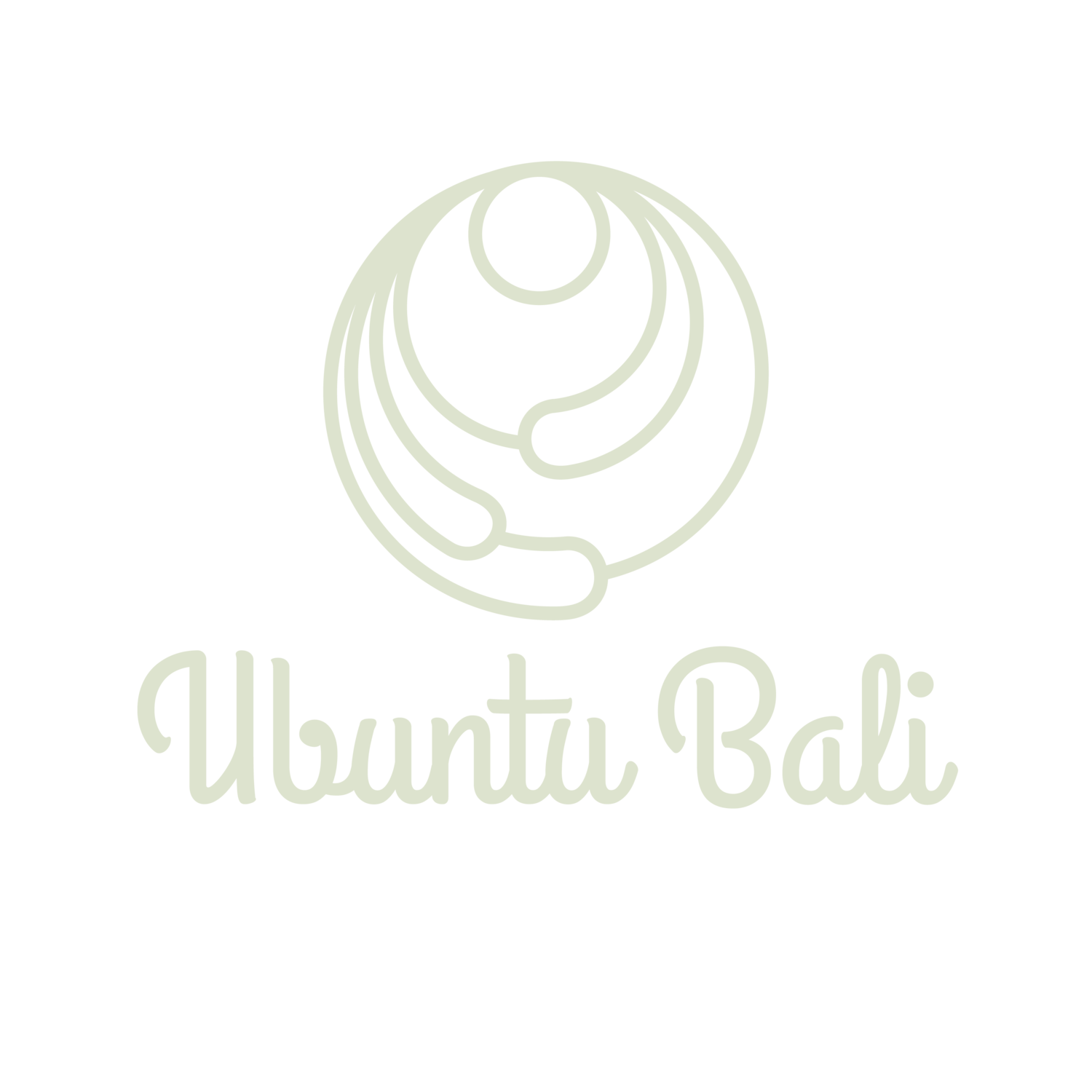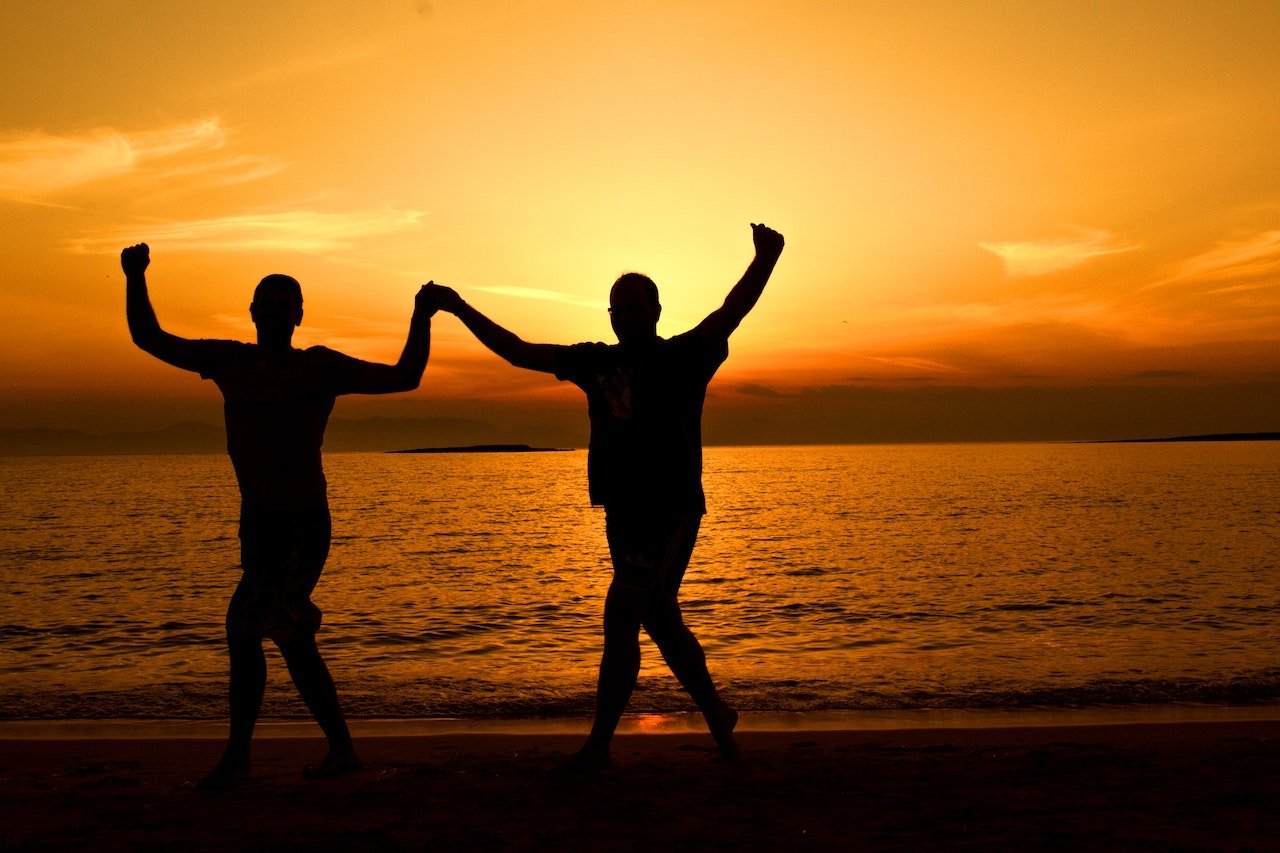Origins of Ecstatic Dance: An Exploration of the Human Need to Move
Dance has been an integral part of human expression since the dawn of time. From ancient rituals to modern-day clubs, dance has always served as a way for humans to connect with themselves, each other, and the divine.
One form of dance that has gained popularity in recent years is ecstatic dance, which is an unstructured form of movement that encourages people to let go of their inhibitions and dance freely. In this article, we will explore the origins of ecstatic dance and its significance in today's society.
What is Ecstatic Dance?
Ecstatic dance is a form of dance that emphasises free-form movement and improvisation. Unlike traditional dance forms that are choreographed and performed in a specific way, ecstatic dance is a more fluid and spontaneous way of moving that allows individuals to express themselves without the constraints of rules or expectations.
Ecstatic dance events are often held in a non-judgmental and supportive environment, where people are encouraged to dance in whatever way feels natural to them.
The Origins of Ecstatic Dance
The origins of ecstatic dance can be traced back to ancient tribal rituals and ceremonies. In these rituals, dance was used as a way to connect with the divine and to channel the energy of the universe. The movements were often improvised and were meant to be a physical manifestation of the spiritual experience.
One of the most well-known examples of ecstatic dance comes from the Sufi tradition of whirling dervishes. This form of dance involves spinning around in circles, which is believed to induce a state of ecstasy and spiritual connection with the divine. The whirling dervishes have been performing their dance for over 700 years and continue to inspire people around the world.
In the 20th century, ecstatic dance took on a new form with the emergence of the rave culture. Raves were all-night dance parties that featured electronic music and a free-form style of dancing. Raves became a way for people to express themselves and connect with others in a non-judgmental environment.
The Benefits of Ecstatic Dance
Ecstatic dance has a number of benefits for both the body and the mind. Studies have shown that dancing can improve mood, reduce stress, and increase self-esteem. In addition, ecstatic dance can be a form of exercise that helps to improve cardiovascular health and build muscle tone.
One of the unique benefits of ecstatic dance is its ability to help people connect with their emotions and inner selves.
By moving freely and without inhibition, people can tap into their subconscious and explore their feelings in a safe and supportive environment. This can be especially beneficial for those who struggle with anxiety or depression.
How to Practise Ecstatic Dance
Practising ecstatic dance is easy and requires no previous experience. The most important thing is to find a supportive environment where you feel comfortable expressing yourself.
Many cities have ecstatic dance communities or events that you can attend to get started.
To begin, find a space where you can move freely without interruption. Put on some music that inspires you and begin moving in whatever way feels natural.
Allow yourself to let go of any inhibitions and move in a way that feels good. There are no rules or expectations in ecstatic dance, so just let yourself be free.
Time to Dance
Ecstatic dance is a powerful and ancient form of human expression that has the ability to connect us with our emotions, our inner selves, and the divine.
Whether you are a seasoned dancer or someone who has never danced before, ecstatic dance can be a transformative and healing experience.
By embracing the freedom of movement and letting go of our inhibitions, we can tap into the true essence of our being and experience the joy of simply being alive.

